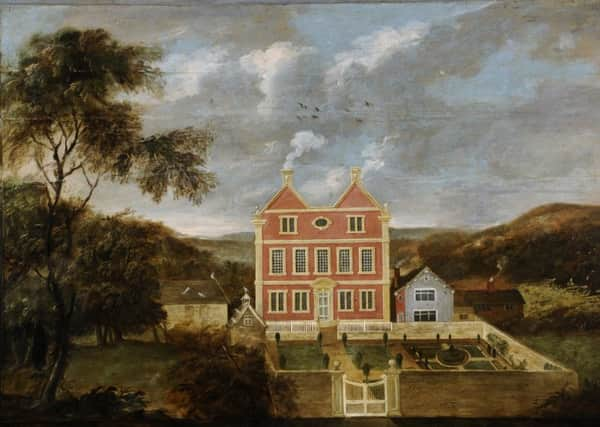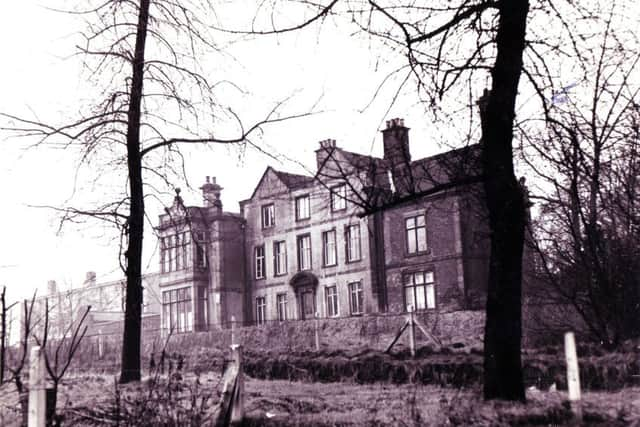Heritage: Sheffield house's historic links to unpopular establishment figure


As part of our new regular two-page feature on heritage in the Sheffield Telegraph, museum curators will pick out a treasure from their collections and tell us more about it.
This month’s treasure is a painting of Norwood Hall by an unknown artist, which is currently on show in the Picturing Sheffield gallery at Weston Park Museum.


Advertisement
Hide AdAdvertisement
Hide AdNorwood Hall was built for William Taylor, a Sheffield mercer and town notary, around the year 1712.
It was a square, brick-built house with three floors and frontage in the Queen Anne architectural style, situated two-and-a-half miles north of the town of Sheffield on what is now Herries Road, near the Northern General Hospital.
The house had several owners and tenants in the 1700s but was sold to the Wheat family in 1776.
James Wheat was a lawyer and an important figure in the town. He served as the Duke of Norfolk’s court steward and the law clerk to the town’s trustees, as well as counting most of the leading families in Sheffield among his clients.


Advertisement
Hide AdAdvertisement
Hide AdHowever, his importance as a prominent member of the establishment made him less popular with the working classes.
The 1790s was a time of revolutionary fervour and political dissent in Sheffield and the influence of the French Revolution of 1789 was palpable.
Wheat was involved in the implementation of unpopular Enclosure Acts in the area, which effectively privatised the common land and increased burdens on the poor.
He also contributed to a Cutlers’ Act around the same time which threatened the profits and livelihoods of Sheffield’s self-employed cutlers. So Wheat’s property became a target for rioters and Norwood Hall features in the civil unrest that took place in Sheffield in late July 1791, as described in a court document of the period.
Advertisement
Hide AdAdvertisement
Hide AdNorwood Hall survived intact and the uprising was averted. James Wheat died in 1805 and the house passed to his son.
The Wheat family continued to live in Norwood Hall, building extensions and developing the estate, until the house and land were sold in 1916 and became the property of the Sheffield Corporation.
Shortly after this it was bought by the church as the new home for the Rev Leonard Hedley Burrows, the first Bishop of the Diocese of Sheffield, and the house was renamed Bishopholme.
When Rev Burrows retired in 1939 the house was bought again by the Sheffield Corporation and was requisitioned for war purposes. After the war it became a hostel for homeless families until it was closed in August 1968 following the death of the warden.
Advertisement
Hide AdAdvertisement
Hide AdFrom then on Norwood Hall was prey to thieves and vandals and much of the interior of the house was damaged. Despite being a Grade 2 listed building, Norwood Hall was demolished on safety grounds by the council on June 6, 1976.
The land is now occupied by a housing estate and Norwood and Bishopholme live on as road names.